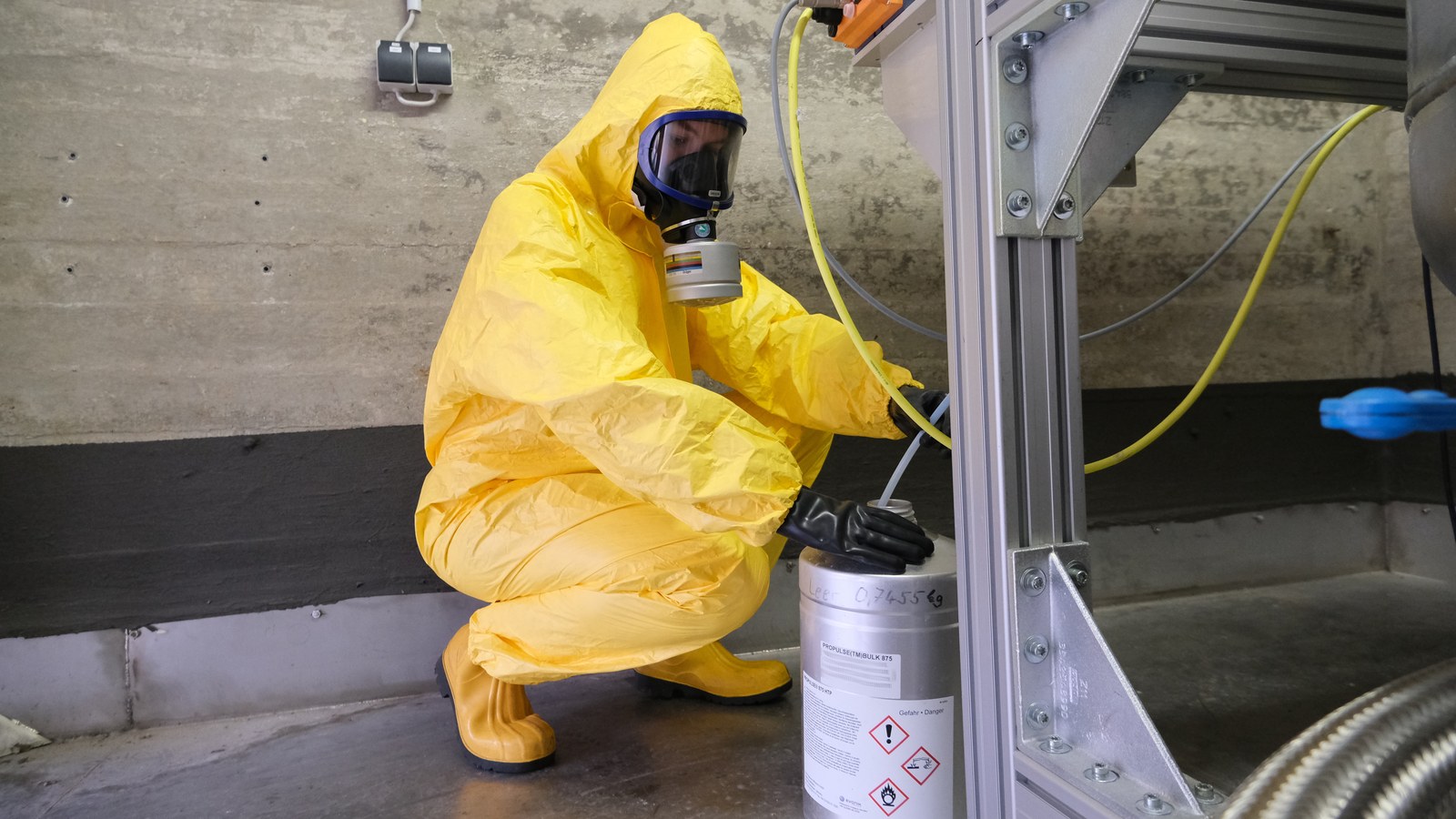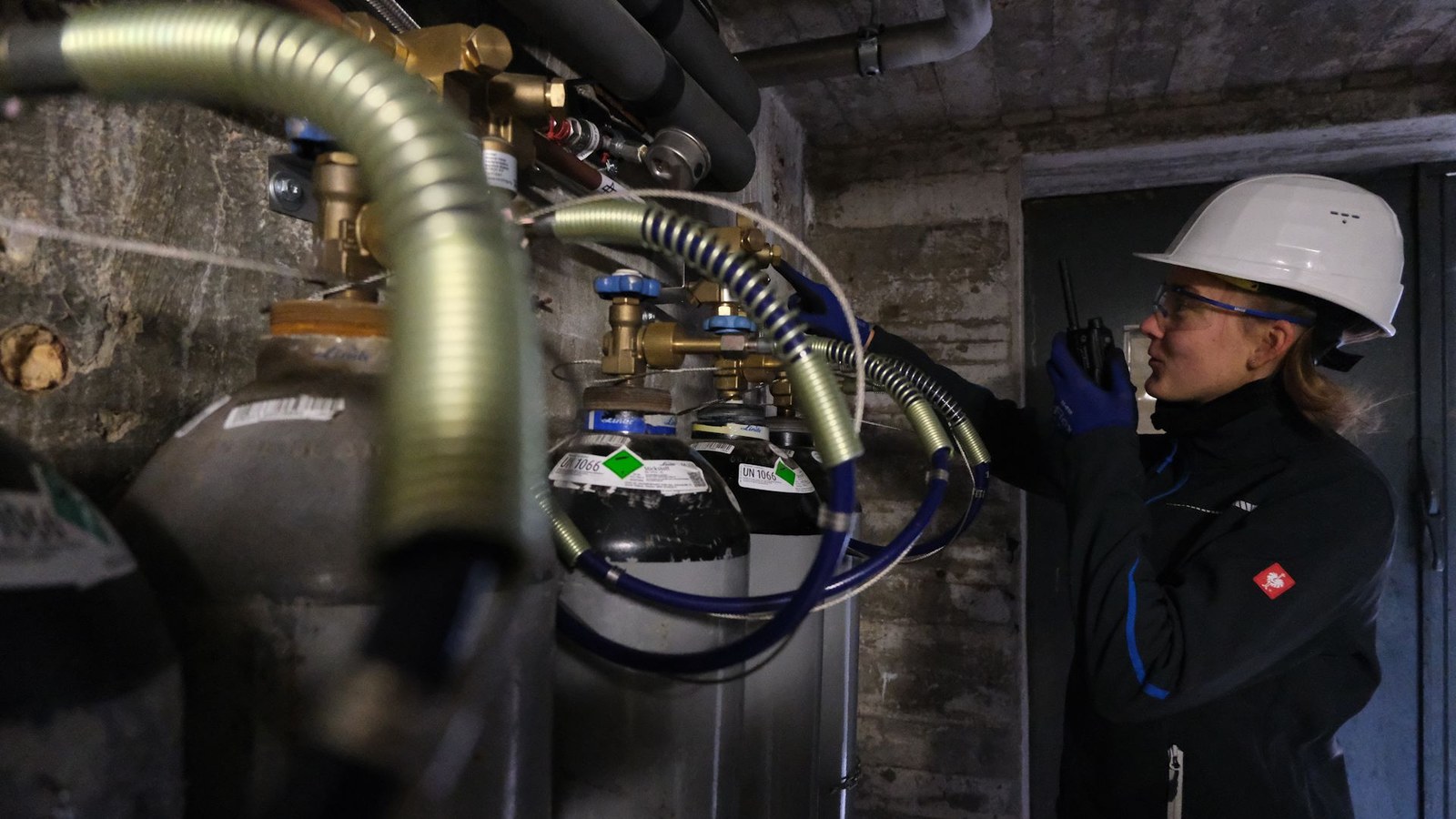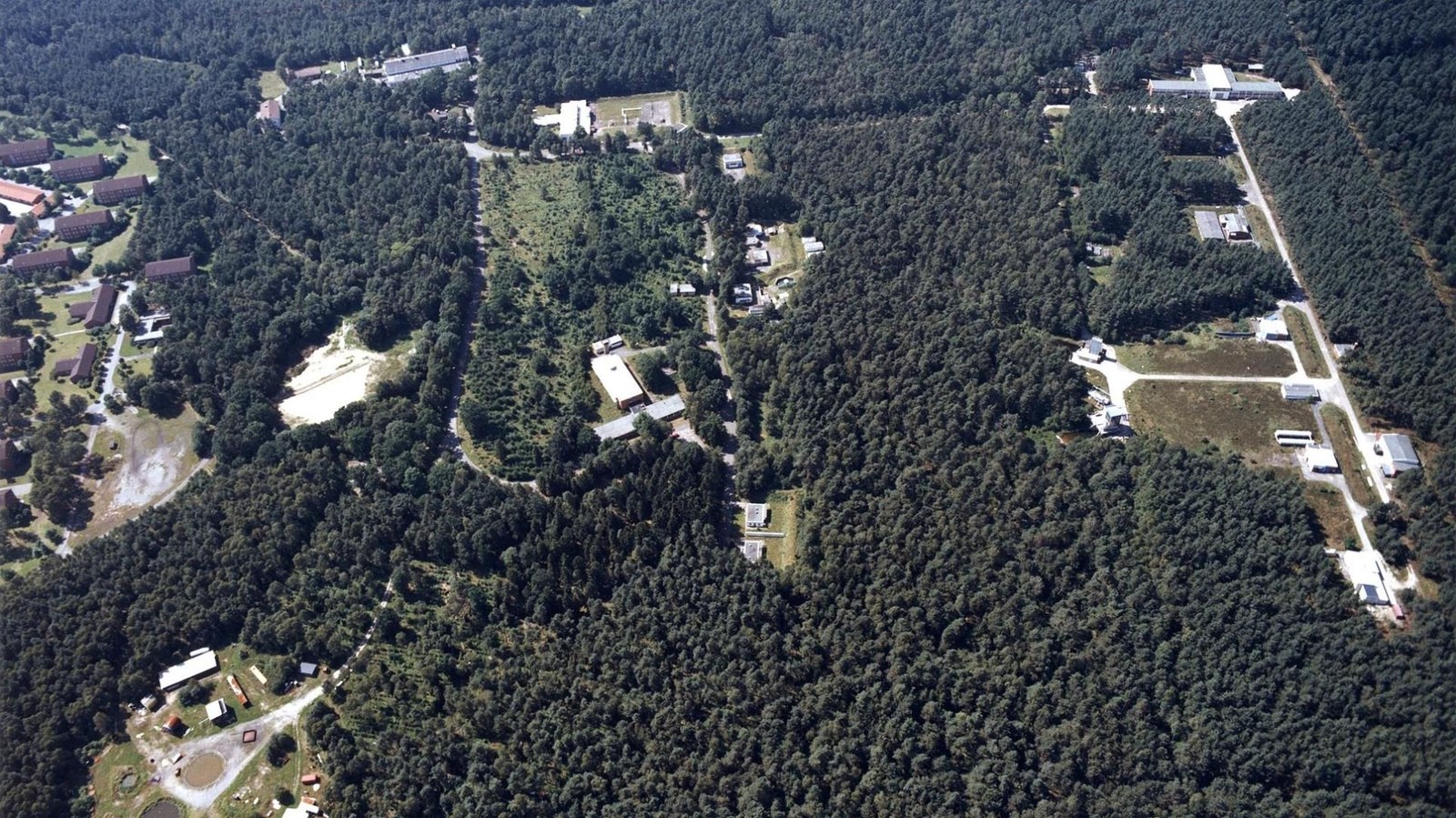When the engine ignites

Nora Bierwagen's workplace is rather unusual: she works at the "Viererblock", a facility with several test stands where she tests rocket engines. She is based at our Trauen site, one of the largest and perhaps one of the most remote sites in the Lüneburg Heath. Nora completed her Bachelor's degree in mechanical engineering and her Master's degree in aerospace engineering at the TU Braunschweig. She joined DLR in 2018, while still a student. After writing her Bachelor's and Master's theses at the DLR Institute of Aerodynamics and Flow Technology, she moved to our Responsive Space Cluster Competence Center for her PhD. As part of her dissertation, the 24-year-old scientist is researching hybrid rocket engines. These combine solid and liquid engines, incorporating the best features of both types of engine.
Where did your enthusiasm for rocket engines begin, and how did it lead you to DLR?

I have always been rather technically minded and grew up near Frankfurt Airport. Aircraft absolutely fascinated me as a child. That's how I came to want to study aerospace engineering. During my studies, I was in a rocket building club, which meant that I was already developing model rockets as a student. That's how I ended up at DLR.
Can you give us some insights into the direction of your research at DLR?
As part of my doctoral thesis, I am researching the catalyst chamber of our hybrid rocket engine, which is important for ensuring the successful ignition of the engine. In addition to my dissertation, we also want to launch our engine, which we have been developing for years, for the first time in a single-stage rocket to show that it is a suitable engine for future upper-stage configurations. I am also involved in the expansion of the "Viererblock" test stand so that solid-fuel engines can also be tested here.
What is the importance of the test stand?
At the test stand, we validate our theoretical work, such as various computer simulations, directly through tests. In rocket engine technology, tests are enormously important because they allow us to support our theoretical considerations and verify our engines. One of my highlights at work is definitely conducting tests on the hybrid rocket engine test stand, which was set up by the DLR Institute of Aerodynamics and Flow Technology. The solid rocket test stand will now be rebuilt as part of the expansion of the "Viererblock"; we are in the process of planning and designing this test stand. It has to be designed first because you can‘t just buy test benches ‘off the shelf’. Apart from the manufacturing, we do everything ourselves: from the design and construction to the assembly.
You say that testing on the test bench is one of the highlights of your job. What makes the work there so special?

For me, the special thing about the rocket test stand is when the engine actually fires. It is an impressive feeling when it ‘breathes’ for the first time. We work towards that moment all the time, and that's what makes the time at the test stand so intense.
The location in Trauen is very remote. What makes this location so unique and perhaps also appealing?
We are in the middle of the forest. The area has a very military atmosphere due to the training zones, so we have unique opportunities here in terms of permits for the rocket test stands. With the test stands, we can optimally combine theory and practice. In addition, the atmosphere at the site is very informal, because although we are one of the largest DLR sites in terms of area, there are only a few employees here. Everyone knows everyone else, which creates a very special working atmosphere.
RSC³ – the Reponsive Space Cluster Competence Center:
The Responsive Space Cluster Competence Center, founded in September 2020 at our Trauen site, seeks to investigate and develop technologies that will enable new satellites to be placed in orbit and operated within a few days or even hours. All segments – space, ground, launch and mission – are covered.
These competencies have become central because of society's increased use of and dependence on space-based services for communication or navigation, among other things. For this reason, space is now considered a critical infrastructure that must be protected, for example against satellite failures.
For more information on the Competence Center, visit:
Responsive Space Cluster Competence Center RSC³

